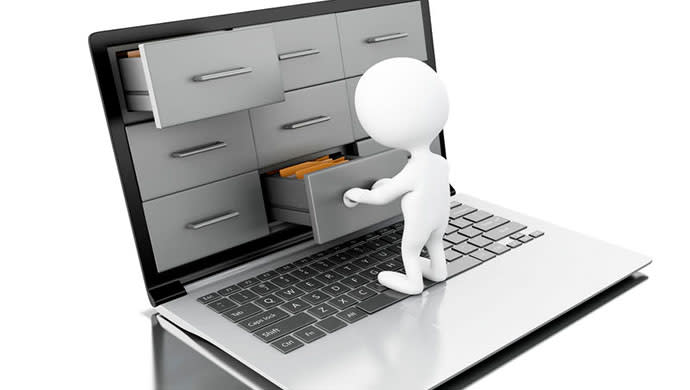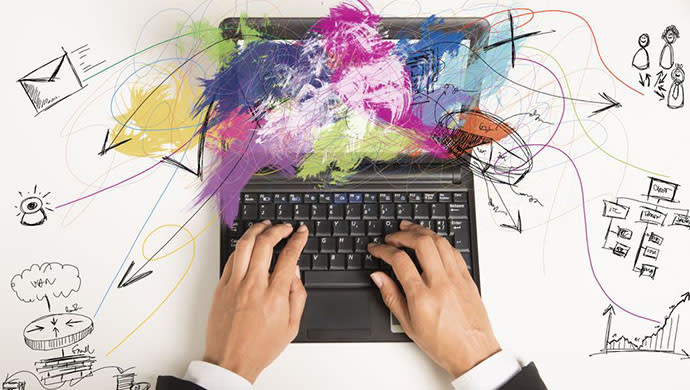5 tips to get started on organising for increased productivity
Every wondered how other people at work can keep their things organised? Here are 5 things to get you started in organising for better productivity.
Being organised at work is both a joy and a chore – a joy to the naturally organised people and a chore to the, let’s say, less structured ones. And while there are some who claim to be able to work well even in chaos, one cannot deny the fact that the benefits of being organised extends out from the individual to the team. In an increasingly collaborative business environment, having an organised and efficient method for working helps ensure sustained efficiency and increased productivity throughout the team.
Also read: 7 tips for even the most timid entrepreneurs to succeed at networking events
Now, I’m not a naturally organised person; I have to work really hard to be consistently organised. But since I find myself unable to work productively if there is no semblance of organisation, I forced myself to be organised to make sure that there isn’t anything I missed or overlooked. Being organised is, in a way, a coping mechanism set in place to ensure a productive work day.
It is a skill, which means that it gets better and comes more naturally the more you practice it. And while I cannot say that the result of my organisation skills are Pinterest-worthy, it’s enough to ensure that everything is where it’s supposed to be (work-wise, at least) and I get to be able to work free from distractions.
To get started, here are a few things to do and consider:
1. Declutter your workspace.

Plant and Instagrammable wooden desk optional.
There are studies showing that a cluttered workspace has adverse effects on productivity. There are also studies saying that clutter helps boost creativity. One does not necessarily negate the other, but creativity does not always equate to productivity, does it? If you find yourself more distracted than brimming with ideas, it’s definitely time to remove the clutter from your workspace. And while one may argue that definitions of “clutter” vary, a good baseline may be that anything you do not immediately require for work should be considered clutter and removed from your workspace. Make concessions with a personal effect or two that could help aid the creativity side.
Also read: 4 tips for building a culture to help your company succeed
2. Remember that workplace includes digital.

Like what this guy is doing.
Personally, I can work anywhere – a quiet cubicle, a humming coworking space, sprawled at the floor of a busy airport, a loud bar with an ongoing party (sad, but yes this has happened) – as long as my digital workspace is clutter-free. That means that there is absolutely nothing but the wallpaper image in my desktop screen and everything is tucked into properly-named folders within other properly-named folders. Start off by grouping all your files based on criteria that you set. Working with different teams? Organise files based on teams. Handling different clients? Group files based on clients. Separate presentation decks from contracts. Categorise images based on purpose. The idea is to clear the main window that greets you when you open your digital workspace so you don’t get overwhelmed by the numerous icons and, at the same time, minimise the time spent searching for files.
3. Make checklists your best friends

There are a lot of advantages of using checklists, foremost of those is that you minimise the chances of missing out on important tasks. There’s also the added benefit of having a visual guide for prioritising, knowing ahead what tools and resources you require for each task, and that smug sense of accomplishment you get when ticking off finished tasks. Even in the digital space, checklists are so popular that if you search for checklist apps now, you would get hundreds of results. But the beauty of making checklists is that it can be as simple or as detailed as you want, using whatever tool you’re comfortable with. If a simple list of tasks on a piece of paper works for you, then do that. If you find checklist apps that automatically categorise your tasks and beeps out a notification more useful, then take your pick from aforementioned hundreds. The key is for you to habitually create checklists and consistently refer to it.
Also read: How to deal with stress: 8 practical tips for entrepreneurs
4. Set up a timetable

We’re not talking about rigid, military-style timetables here, though that has been proven to work. But with the many distractions present in today’s work environment, you may find yourself not being able to tick off more and more tasks from your checklist. Begin with a schedule for checking and answering emails, as that takes up a lot of time. If your work is not correspondence-dependent, then an hour of checking and answering emails a day should be fine. If you mostly rely on emails, you could spread out your email time in specific hours throughout the day. Then set a specific time for each of your tasks and make sure to minimise the potential for distraction during those times: mute notifications from messaging apps, log off your social media accounts – the objective is sticking to your timetable so you could finish all the tasks you set out to do for the day.
5. Stick to your timetable and refrain from multitasking

First, because what’s the point of creating a timetable if you aren’t sticking to it and second, multitasking just doesn’t work. It’s Science; there have been a substantial number of studies proving it. One study by neuroscientists even said that multitasking literally drains the energy reserves of the brain and that about 40 per cent of productivity is lost when one multitasks. Being organised is more than just decluttering or listing or putting things into their proper places. Being organised is also a state of mind that helps you focus on the important things that you should be doing. Multitasking is the opposite of being focussed. So, don’t do it.
How do you keep organised? Let us know!
–
All images from 123RF.
The post 5 tips to get started on organising for increased productivity appeared first on e27.


